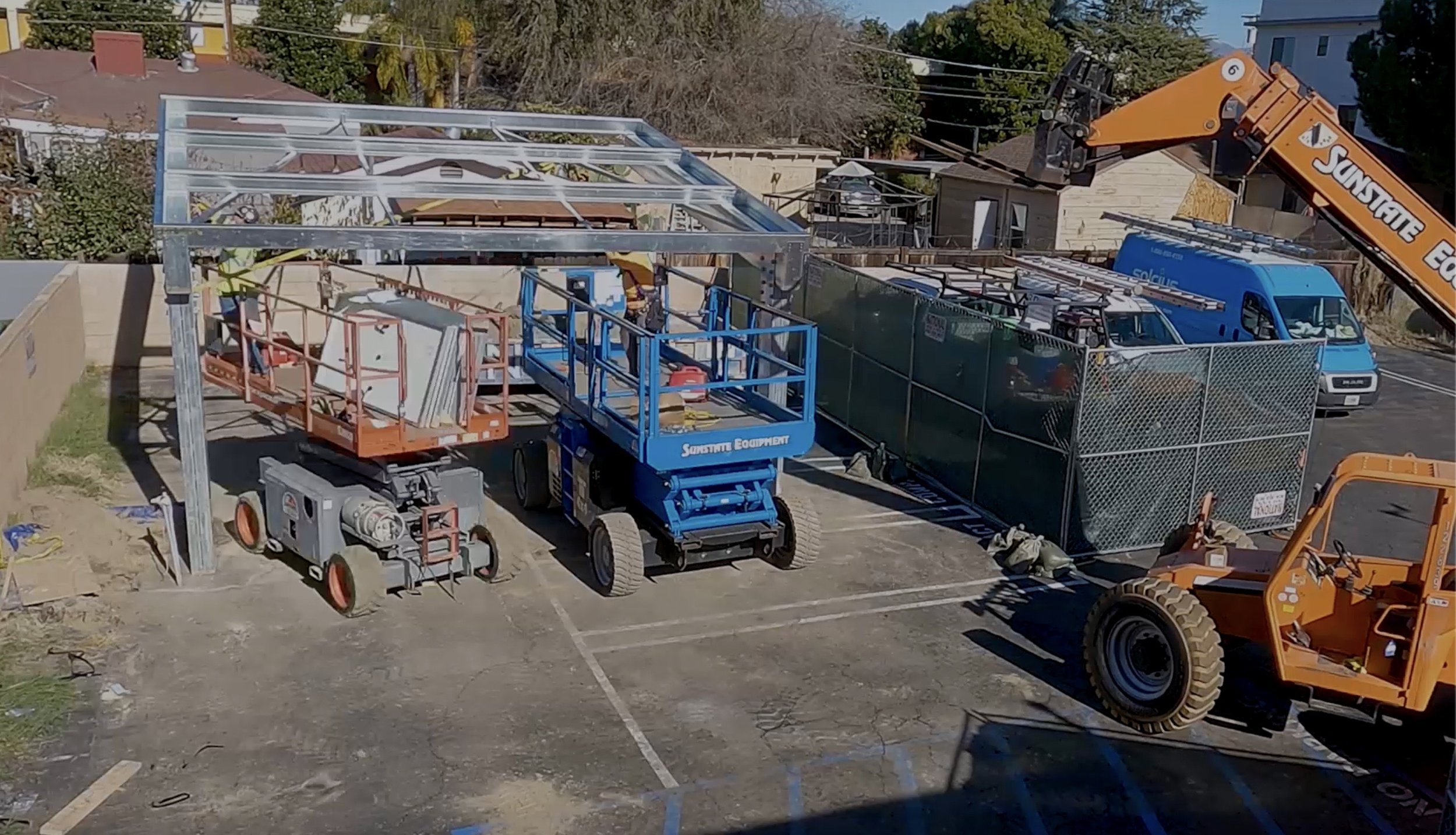How Can An Office Space Serve as an Innovations Testing Ground?
One of the biggest drivers towards innovation in sustainability has been our experiences. For example, our office felt the impact of power outages in the summer of 2019, with one incident leaving us without power for an extended period of time.
While this wasn’t the first time the Holos team had encountered a power outage, this instance coincided with a deadline for several projects due the end of that day. We were left scrambling and had to make do with a portable battery that was at the office by coincidence, which served as a power source until end of day and the necessary documents were submitted.
This last-minute innovation led us to wonder how power outages could disrupt tenants’ lives, and from that idea were born two concepts – the idea of the Safe Haven, a section of a building that would maintain power during a blackout and serve as a cooling center, and the Resiliency Kit, a portable toolkit to provide amenities to residents in case of a blackout.
This led us to question, what other innovations can we test out at our properties? And with that, the concept of the Living Lab - our offices as a testing ground - was born.
The story behind how our office became a test site for innovations illustrates the need for creative solutions to emerging issues. As global warming exacerbates the way Angelenos are affected by climate change, we’re exploring how to reduce our carbon footprint, make the most out of our resources and take advantage of our environment.
For water usage, we wanted to test out how to best reduce our water consumption and generate water from our environment.
We installed a toilet sink and waterless urinal to reduce the amount of water used in our office bathroom. Through the usage of these systems, we’re able to save approximately 40,000 gallons of water used in our office, savings that can be implemented to scale at our properties.
We are exploring options for water generation from atmospheric water generators (AWG’s) for potable water and hydropanels for drinking water. Both are specialized tools that extract water from the environment for reuse (more on this later).
Reducing our energy usage is another key area for innovation. Through the addition of infrastructure meant to cut down on energy usage, we can address interconnected challenges tied to energy usage as well.
Traditional cooling through air conditioning/HVAC systems are wildly inefficient and require massive amounts of energy. We are exploring the usage of swamp coolers, or evaporative coolers. These use evaporation to help cool the air by drawing air through water-soaked pads, lowering air temperature by up to 20 degrees while consuming only 15%-30% the amount of total energy relative to traditional AC units. The humidity created by these coolers can then be captured by AWG’s or hydropanels to use for other purposes, or feed it back to the coolers themselves. The rest of the humidity can be absorbed by dehumidifying plants.
We recently brought online a solar carport, which will provide solar energy to charge an electric vehicle in our parking lot and provide shade to other cars. Currently the plan is to have one car port powered by the solar carport, with plans to add another carport in the future. The carport will join an array of solar panels currently live at our office.
These innovations allow us to test new ideas and incorporate them to scale in our properties once issues are ironed out. While this process may take some time – in the case of the carport, that process began at the end of 2019 and just went live in March 2023 – the innovations that emerge from our Living Lab can be implemented to reach sustainability goals at our future properties and provide a better standard of living for our residents.
Authors
Leora Nessim
Leora Nessim is the Office Manager at Holos Communities, where she works to coordinate operations for all teams and explores how to turn the office space into a living, hyper-organized laboratory.
You can read Leora’s full bio here.
Joseph Louie
Joseph was assisting coordination for the Holos Communities team as the Operations Associate, and is now on the Asset Management team.
You can read Joseph’s full bio here.




